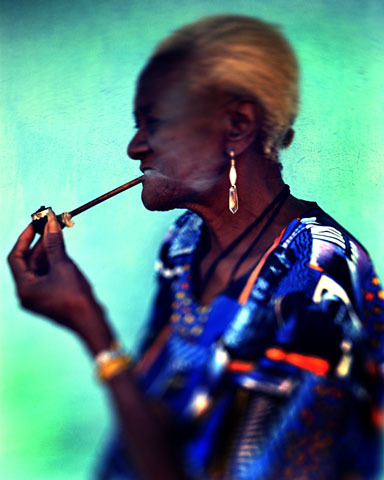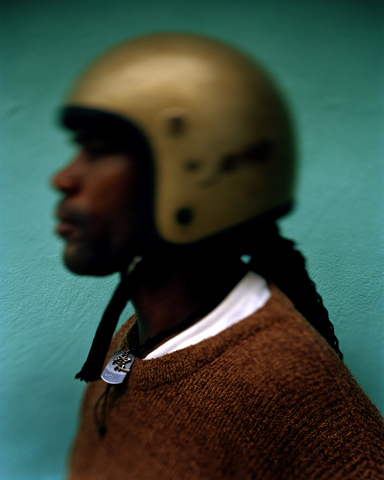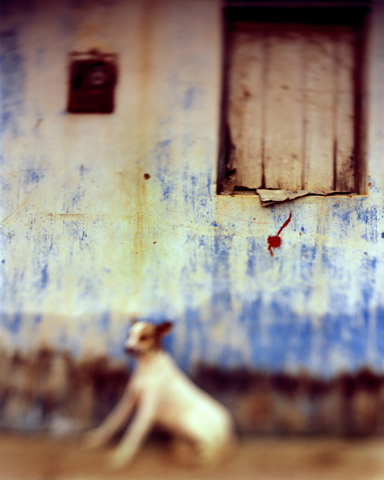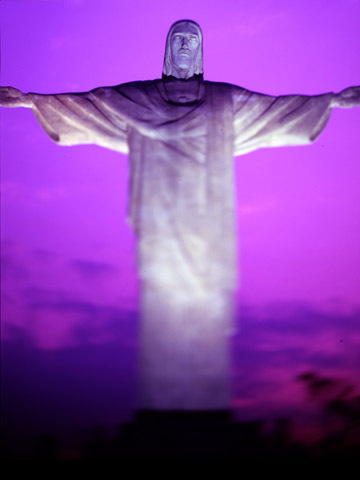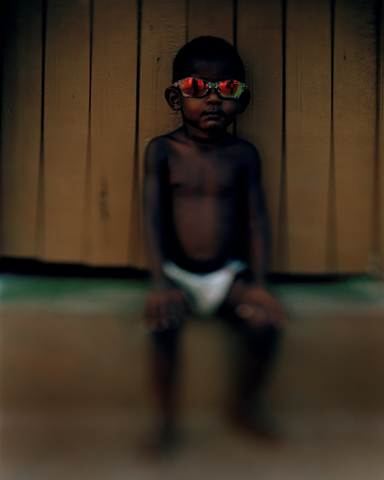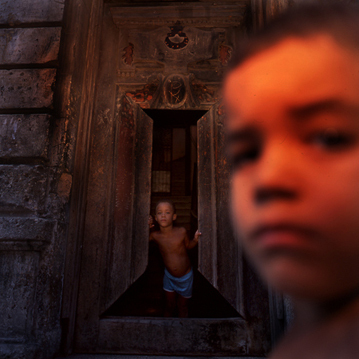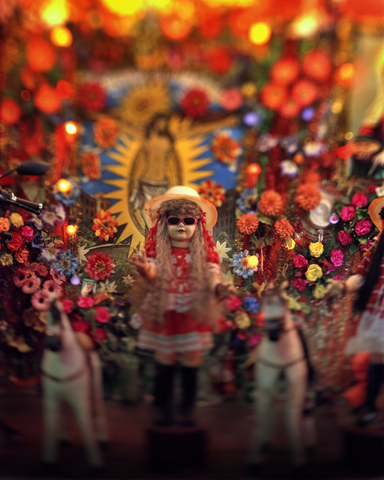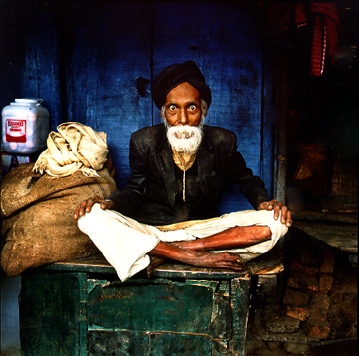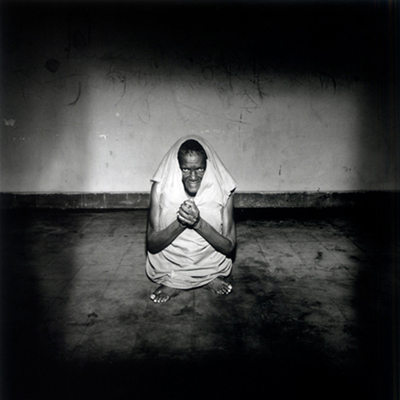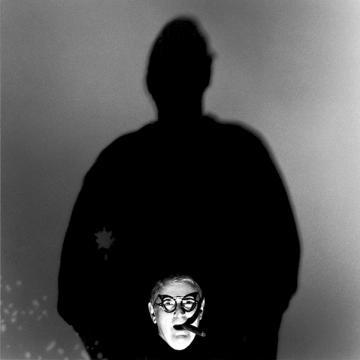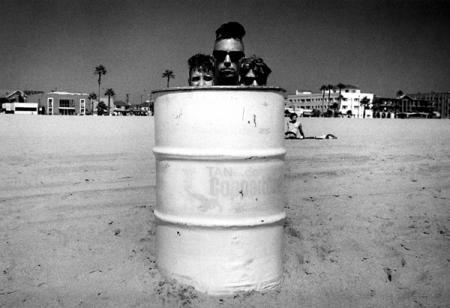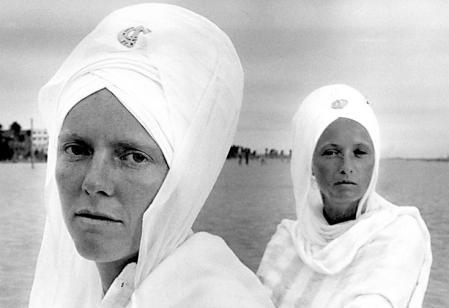When Marina Abramovic dies, she requests the following procedure, as stipulated in her last will and testament:
In case of my death I would like to have this following memorial ceremony:
Three coffins.
The first coffin with my real body.
The second coffin with an imitation of my body.
The third coffin with an imitation of my body.
I would like to appoint three persons would take care of the distribution of the three coffins in three different places in the world. (America, Europe and Asia) The special instructions will be written and put in a sealed envelope, with their names and instructions to follow.
The memorial ceremony will be held in New York City with all three coffins present and sealed. After the ceremony the appointed persons will follow my instructions for the distribution of the coffins. My wish is that all the three coffins should be buried in the earth.
Everybody at the final ceremony should be informed that they shouldn’t wear black and that every other color is encouraged. I wish that my former students… create a program for this occasion. For the beginning of the ceremony I wish that Antony from Antony and the Johnsons will sing Frank Sinatra’s song: My Way.
The ceremony should be a celebration of life and death combined. After the ceremony there will be a feast with a large cake made out of marzipan in shape and looks of my body. I want the cake to be distributed between the present people.
Marina Abrmovic. Serbian/Yugoslavian. Self proclaimed Grandmother of performance art. She explores the relationship between performer and audience, the limits of the body, and the possibilities of the mind, through notorious artwork that bravely and dangerously processes/confronts pain and misery through ritual.
Here are a few images of her work:























